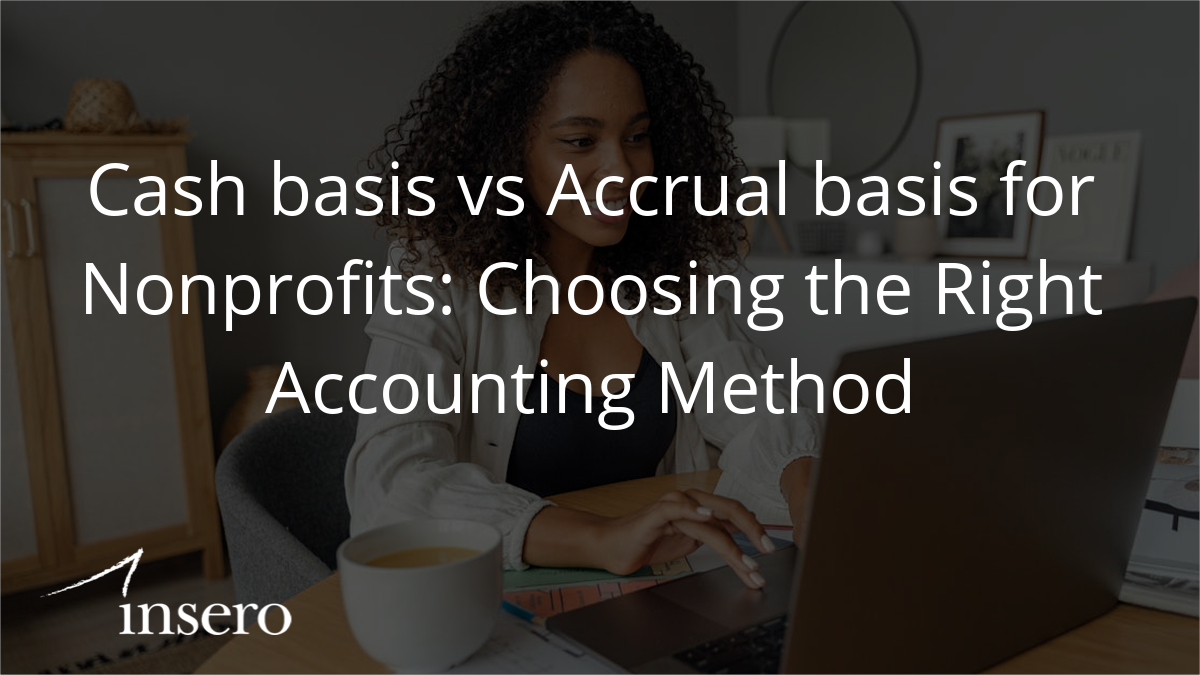ARTICLE | December 07, 2023
As the end of the fiscal year approaches, it is a key time for companies to evaluate their assets for impairment. This process is particularly significant given the current economic conditions and the increase in long-lived assets due to leases and ASC 842. Impairment testing is a complex process that involves numerous steps and considerations. This article will provide insight into the key aspects of impairment testing.
The Importance of Sequence in Impairment Testing
One of the first elements to consider in impairment testing is the order in which it is carried out. Companies often jump directly to goodwill or long-lived assets, but the sequence should go as follows:
- Start with assets requiring adjustments to their carrying values, like inventory. This process is normally done throughout the year as obsolete inventory are identified and reserved.
- The next step is testing indefinite-lived intangible assets such as trademarks. This testing is done at the individual asset level and using a fair value methodology.
- Next comes the testing of long-lived assets like property, plant and equipment, or amortizing intangible assets. The big change here than many companies forget about are the Right-of-Use (ROU) lease assets. These assets are tested at an asset group level which is the lowest level for which independent cash flows can be identified (i.e. store, operating location or subsidiary level).
- Lastly, goodwill is tested. It’s vital to test goodwill last because any impairment charge from testing other assets has a direct impact on its reporting units. Goodwill is evaluated on a reporting unit basis.
Inclusion of Leases in Impairment Testing
The adoption of ASC 842 – Leases has added a new layer of complexity to impairment testing. The associated ROU assets should be included when determining total asset value at an asset group level. A company has two options for operating leases. You can include the net book value of the operating ROU assets in the total long-lived assets being evaluated and then exclude rent payments when determining net cash flows (Gross Method – higher assets but higher cash flows). The other option is to include the net of the ROU asset and liability in total assets evaluated, but include rent payments in determining cash flows (Net Method – lower assets and lower cash flows). A company can only use the Gross Method for finance leases. As you can see, this will take some significant changes to your current impairment model.
Triggering Events and Impairment Indicators
Indefinite-lived intangible assets and goodwill must be tested at least annually, or more frequently if a triggering event exists. Long-lived assets, however, are tested only if a triggering event exists. Companies need to be aware of triggering events and impairment indicators as they head into year end. While there are no clear-cut rules for the number of impairment indicators required to trigger quantitative impairment testing, some items to consider include current or historical operating losses, an expectation that an asset will be sold or disposed, decrease in market price, change in strategy or decline in macroeconomic conditions.
The Methodology of Impairment Valuation
Impairment valuation of goodwill and indefinite-lived assets typically involve the consideration of traditional fair value methods such as the income approach or market approach. However, the initial step for long-lived asset testing is a recoverability test, often implemented by examining future cash flows which is subjective and not always clear cut.
Common Pitfalls in Impairment Valuation
One of the biggest challenges companies face with impairment testing is the timeline and the availability of key information within that timeline. This issue is further exacerbated when a company determines that goodwill is impaired and has not already performed a long-lived asset impairment test for the related asset group(s).
Moreover, companies often miss some of the nuances of the recoverability test for long-lived assets, such as what should or should not be included in the cash flow projection, and the appropriate time period over which to perform the recoverability test.
Conclusion
Navigating the nuances of impairment testing can be a complex task. It is a multi-faceted process that demands careful consideration and expertise. With the inclusion of leases in the testing process, it becomes even more crucial to have a deep understanding of the process.
At Insero & Co. CPAs, we have Technical Accounting and Consulting experts who can help your company with impairment testing. Our professionals can guide you through the steps involved, ensuring accuracy and compliance with all the necessary rules and regulations.
Do you have questions or want to talk?
Call us at (800) 232-9547 or fill out the form below and we’ll contact you to discuss your specific situation.




